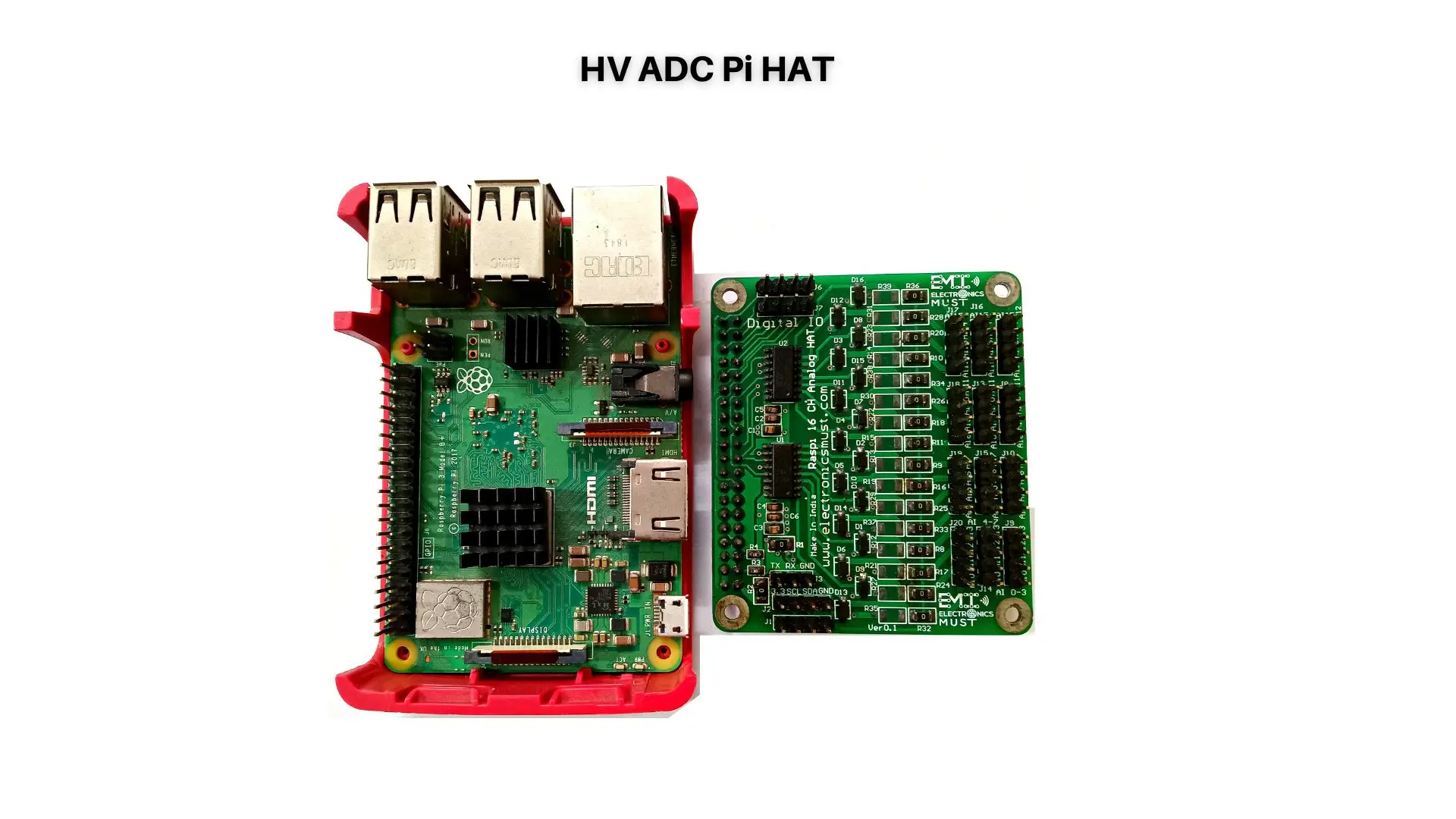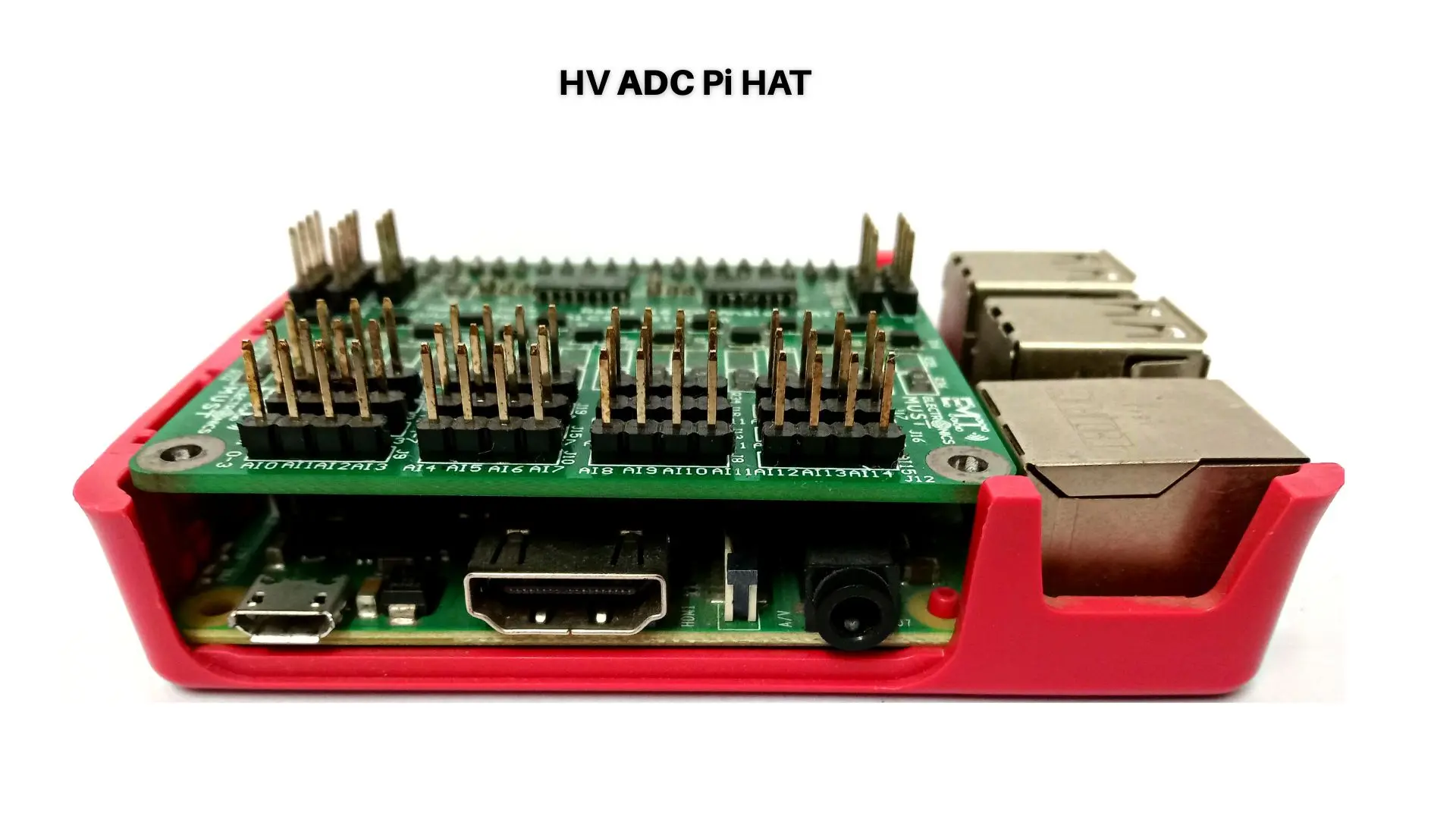Introduction
In the vast and diverse world of music, keyboard instruments hold a special place. From the majestic grand piano to the innovative synthesizer, these instruments have evolved over the years, embracing new technologies and techniques to produce captivating sounds. Amidst the digital revolution, analog circuitry remains a fundamental aspect of keyboard instruments, contributing to their unique and timeless appeal. In this blog, we will embark on a journey from synthesis to sound, exploring the role of analog circuitry in keyboard instruments. We will uncover the benefits it offers, the various factors that influence its design, and the enduring charm that makes analog circuitry a cherished choice among musicians, composers, and enthusiasts.
Benefits of Analog Circuitry in Keyboard Instruments
1. Warm and Rich Tonal Quality: One of the most significant benefits of analog circuitry in keyboard instruments is the warm and rich tonal quality it produces. Unlike their digital counterparts, analog circuits offer a continuous and smooth signal, creating a natural and organic sound that resonates with musicians and listeners alike. This warmth and richness are particularly evident in vintage synthesizers, which continue to hold a special place in the hearts of musicians seeking nostalgic and authentic sounds.
2. Expressive Sound Shaping: Analog circuitry allows for expressive sound shaping, giving musicians the freedom to manipulate various parameters in real-time. From tweaking the cutoff frequency of a filter to adjusting the resonance and modulation depth, the analog controls offer a hands-on and intuitive approach to crafting unique and dynamic sounds. This level of control enhances a musician’s ability to convey emotions and nuances through their performance, adding a deeply personal touch to their music.
3. Real-time Interactivity: One of the most captivating aspects of analog circuitry is its real-time interactivity. When a musician engages with the instrument, the immediate response to adjustments and the direct connection between their actions and the resulting sound add a sense of intimacy to the playing experience. This real-time feedback is especially important for live performances, where spontaneity and improvisation play a crucial role in captivating the audience.
4. Natural Overtones and Harmonics: Analog circuitry generates natural overtones and harmonics, contributing to the complexity and depth of the sound. These additional frequencies enrich the overall timbre and character of the instrument, providing a more captivating and immersive musical experience. The harmonic richness of analog circuitry is especially well-suited for creating lush and vibrant soundscapes.
5. Unique Sonic Character: Each analog instrument has its own unique sonic character, influenced by the specific circuitry, components, and design choices. Musicians often develop a deep affinity for their analog instruments, as they become extensions of their musical expression. The individuality of analog circuitry imparts a sense of personality and charm to each instrument, making them prized possessions in a musician’s toolkit.
Other Factors in Analog Circuitry for Keyboard Instruments
1. Voltage-Controlled Oscillators (VCOs): VCOs are at the heart of analog synthesizers, generating the primary sound waveforms. The frequency of VCOs can be controlled by voltage, allowing for precise tuning and sound modulation. The interaction between multiple VCOs can lead to rich and intricate sonic textures, making them fundamental components in creating a wide range of sounds.
2. Voltage-Controlled Filters (VCFs): VCFs are crucial for sculpting the timbre of the sound. They allow certain frequencies to pass through while attenuating others, resulting in various filter types like low-pass, high-pass, and band-pass filters. The manipulation of VCF parameters imparts unique sonic characteristics to the instrument, ranging from smooth and mellow tones to sharp and cutting sounds.
3. Voltage-Controlled Amplifiers (VCAs): VCAs control the amplitude of the audio signal, shaping the dynamics and volume of the sound. They play a pivotal role in envelope shaping, allowing for smooth and expressive transitions between different sonic states. VCAs are vital for creating dynamic and evocative musical phrases.
4. Modulation Sources and Destinations: Analog synthesizers feature various modulation sources, such as LFOs (Low-Frequency Oscillators), envelopes, and keyboard tracking. These modulation sources can be routed to different destinations, such as VCFs and VCAs, enabling intricate and evolving sound modulations. The interplay of modulation sources and destinations allows musicians to introduce movement and complexity into their soundscapes.
5. Patchability and Signal Flow: Many analog synthesizers offer patch points, allowing musicians to connect various modules together to create custom signal paths. This patchability provides a level of flexibility and experimentation, enabling musicians to explore new sonic territories and discover unique sounds. The modular nature of analog synthesizers opens up a world of sonic exploration and creative possibilities.
Conclusion
From synthesis to sound, the journey of analog circuitry in keyboard instruments is a tale of warmth, richness, and expressive creativity. The benefits of analog circuitry, including the warm tonal quality, expressive sound shaping, real-time interactivity, and natural overtones, continue to captivate musicians and listeners alike.
Analog circuitry in keyboard instruments brings forth a world of possibilities, where musicians can explore new sonic landscapes, create nostalgic sounds, and craft expressive performances. The synthesis of analog circuitry with modern technology opens the door to innovative and unique musical expressions, bridging the past and the future in a harmonious blend.
As technology advances, analog circuitry continues to shine as an irreplaceable aspect of keyboard instruments. The allure of analog sound and the intimate connection between musician and instrument remain unmatched in the digital realm. For musicians seeking depth, warmth, and the joy of hands-on creativity, analog circuitry is a timeless and cherished choice.
So, let us embrace the journey from synthesis to sound and delve into the realm of analog circuitry in keyboard instruments. With every keypress and modulation, we unlock the magic of music, where creativity and technology merge to produce melodies that resonate with our hearts and souls. As musicians and enthusiasts, we celebrate the artistry of analog circuitry and its enduring place in the ever-evolving world of music.






